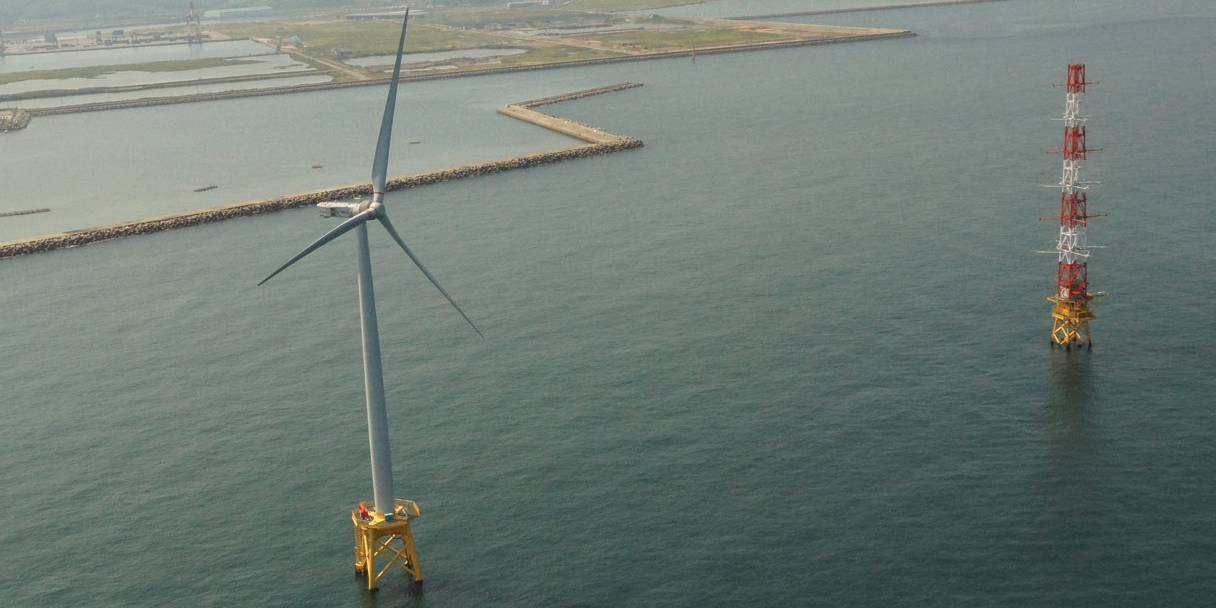Not only is there little sign of agreement, the political friction is increasing. But despite the nation’s energy challenges, there is good reason to believe that this can be a landmark year for Japanese renewables.
The country’s 50 or so nuclear power plants have been shut down while investigations determine how earthquake-proof they are. To plug the gap left by nuclear, Japan is spending an extra $30bn a year on imported fossil fuels, causing a sharp rise in the electricity tariff and increased carbon emissions.
Clearly, this situation is not sustainable. Fortunately, the solution is within our grasp — if the authorities can seize the opportunity. I believe that the new draft national energy supply plan should recommend a remarkable increase in renewables. However, the government is delaying enshrining the plan in law, having decided to watch the direction of public opinion.
In this context, 2014 is critical for the local wind industry. Political decisions taken in the next 12 months will have huge ramifications. The industry must do its utmost to ensure that quick decisions are made, positioning itself for a future “big bang” of expansion.
The Japan Wind Power Association (JWPA) is preparing a new long-term road map, revising the current target of 50GW of wind by 2050 upward considerably. This road map should address the effective use of the feed-in tariff (FIT), resolution of the grid-access issue, the need for drastic energy-market deregulation and the expansion of offshore wind, to name a few of the most urgent matters.

On the one hand, the framework has given the wind industry a great incentive to launch projects. On the other hand, wind developers have not been able to realise the full benefit of this premium period, because since 2012 their projects have been obliged to pass a more rigorous environmental impact assessment (EIA). True, the more onerous EIA has also been imposed on traditional sources such as thermal, nuclear and hydro, but solar was exempted, so solar has increased rapidly since then, almost crowding out wind in terms of grid access.
But progress is happening.
In regard to grid access, the industry is achieving substantial results, encouraging the expansion of power sales to utilities. A government committee is working on reform of the electricity industry. Its main topic is unbundling the vertically integrated supply system, but ways of increasing the renewables supply are also being discussed. I have made many presentations to this committee, requesting better grid connections, especially from wind-rich areas; priority access for renewables; the introduction of a weather forecasting system to assess wind supply; and the use of pumped-storage hydro as a back-up for wind. The committee will report this year, and I believe its conclusion will be favourable towards wind.
The key to the long-term potential of wind power in Japan lies offshore. Much will depend on the level of the offshore FIT. As the JWPA points out, European countries generally offer a tariff 1.5 to two times higher than the onshore level.
This will be an important year in several other respects, such as collaboration with academic organisations. The JWPA conducted research with the University of Tokyo to confirm the “levelling effect” of increases in wind farm size. As a result of this study, one utility dramatically raised its grid ceiling for wind power. The association plans to strengthen such collaboration in other areas this year.
Another aspect we need to tackle is our relationship with the global market. We should be devoting greater effort to an exchange of information and opinions with foreign manufacturers, developers, scientific institutes and government organisations. This will help inform our relations with our own government and research institutes, the mass media and local communities.
Much hard work remains. But 2014 will, I am sure, be a time of great advances for the Japanese wind industry. Stand by for lift-off!
Tetsuro Nagata is president of the Japan Wind Power Association and senior adviser at Eurus Energy
This piece was published as part of the Thought Leaders series. Recharge’s Thought Leaders Club brings together leading thinkers and participants from the renewable-energy sector to examine the key challenges facing our industry

